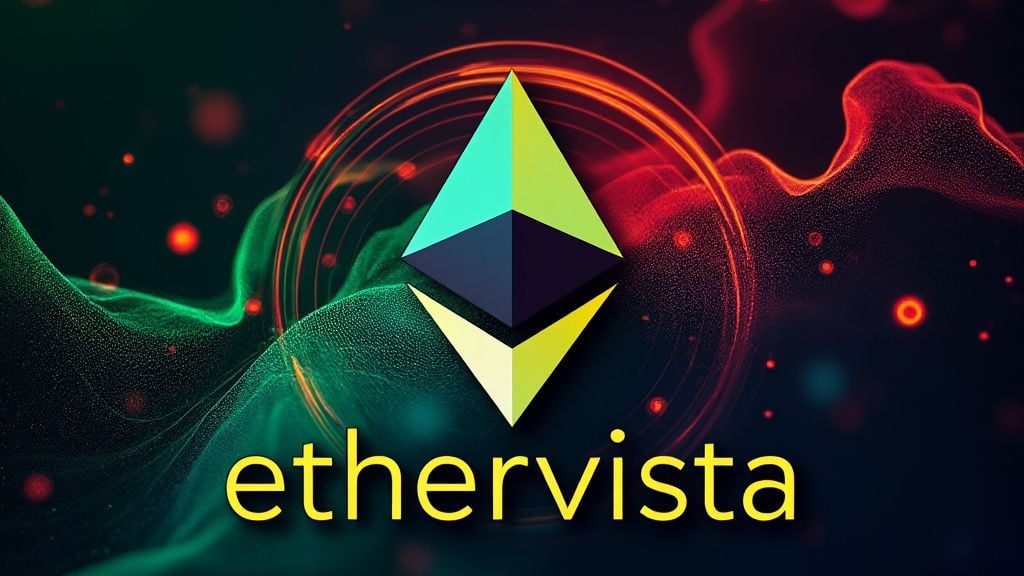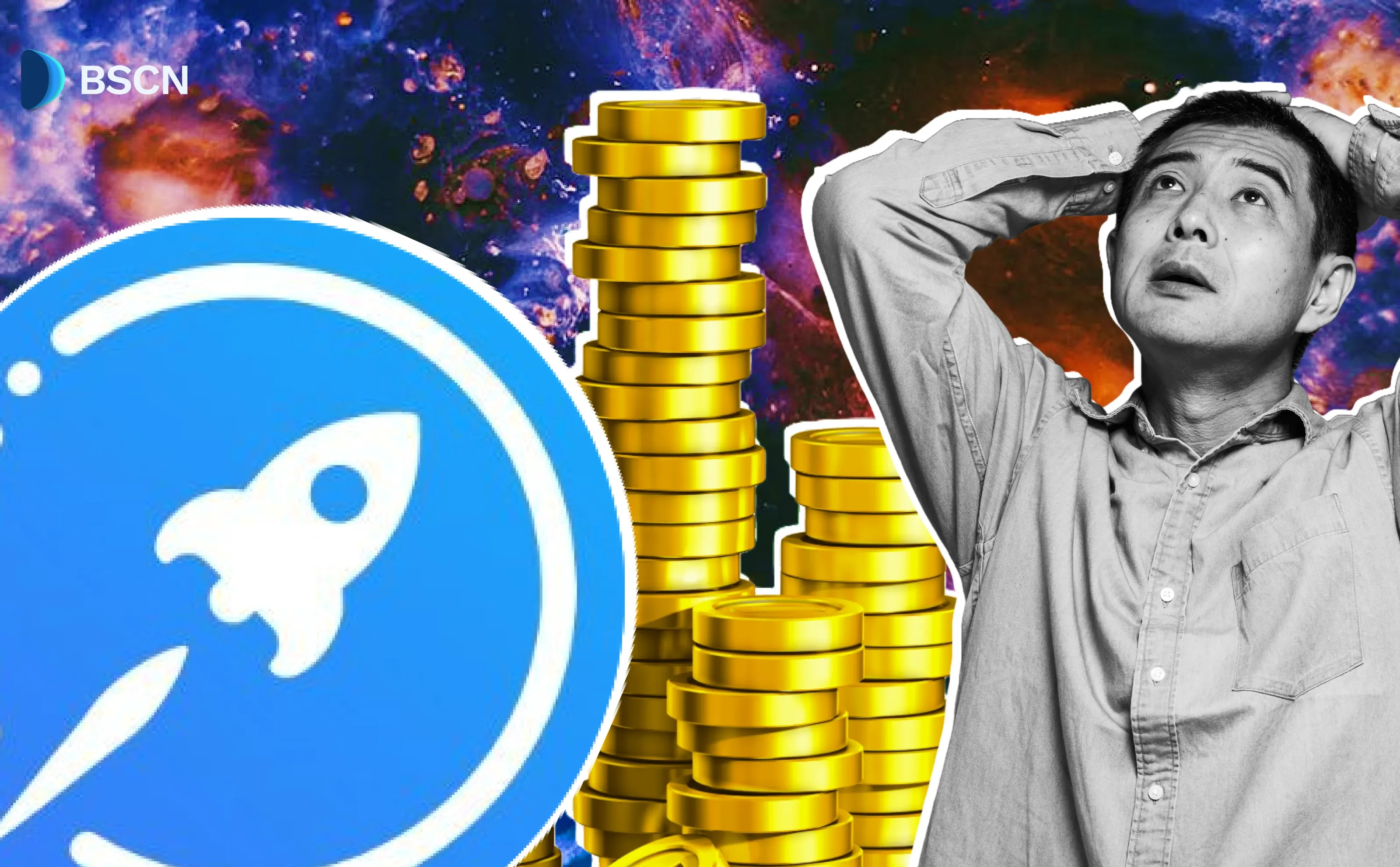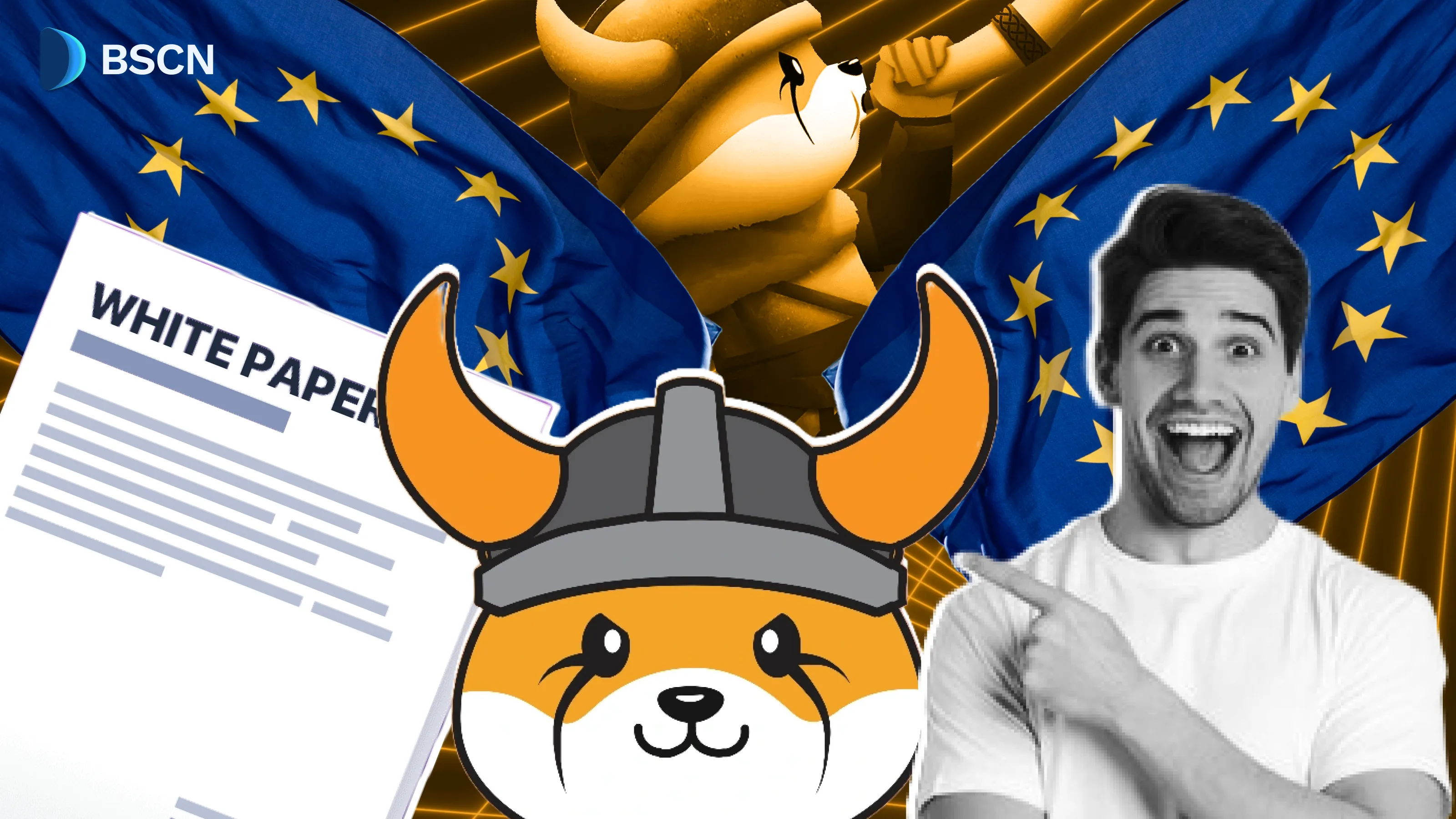ETH
What is Ethervista?

Ethervista reportedly promotes long-term sustainability and growth in blockchain projects by implementing a custom fee structure paid in native Ethereum (ETH)
BSCN
September 3, 2024
In recent years, the decentralized exchange (DEX) space has grown rapidly, with various protocols attempting to solve the issues associated with automated market makers (AMMs).
Ethervista is a new DEX protocol that seeks to address the shortcomings of the existing AMM model, particularly the problems of short-term token price speculation and inadequate incentives for liquidity providers.
Ethervista introduces an approach with custom fee structures, a novel reward distribution mechanism, and additional features aimed at promoting the long-term success of blockchain projects.
Addressing AMM Shortcomings
Traditional AMMs charge a fixed fee on every swap, which is typically paid in the tokens being traded. This fee structure has often led to short-term speculation, where token creators and liquidity providers focus on quick profits rather than the long-term growth of the project.
Ethervista aims to change this by implementing a custom fee structure that is paid exclusively in native ETH, according to its recently published Whitepaper. This approach allows for more flexible fee allocation and better aligns incentives for both creators and liquidity providers.
Custom Fee Structure
Ethervista's custom fee structure is a departure from the standard AMM model. Instead of charging a fixed percentage in tokens, Ethervista charges fees in native ETH.
These fees are then distributed among liquidity providers and token creators within a specific pool. Per reports, this system incentivizes participants to remain committed to the platform, as they earn rewards based on trading volume rather than short-term price action.
Fees collected from trades are allocated between liquidity providers and token creators, encouraging them to focus on the utility and longevity of their tokens. This mechanism reportedly supports the sustainable growth of DeFi applications by providing a continuous income stream for creators through protocol-assigned smart contracts.
Ethervista allocates a portion of the fees to smart contracts specified by the protocol. According to the team, these fees can support a wide range of DeFi applications, including auto-buys, staking rewards, and more.
Creator Features
Creators on Ethervista have the ability to configure various aspects of their liquidity pools, including pool fees, protocol addresses, and metadata. Additionally, creators can restrict token transfers to the Ethervista router address, effectively locking all settings permanently and preventing unauthorized changes.
Ethervista also includes features like SuperChat, a global live chat integrated directly into the DEX platform.
The platform plans to expand beyond traditional pools by integrating ETH-BTC-USDC pools, lending, futures, and fee-less flash loans.
VISTA Token: The Native Currency
Ethervista’s native currency, VISTA, has a capped supply of 1 million tokens and a deflationary mechanism. Each transaction on the Ethervista platform contributes to a burn event that reduces the circulating supply of VISTA. This deflationary model reportedly acts as a hedge against inflation, driving sustained growth and scarcity for VISTA tokens.
The VISTA token is also tied to a delayed liquidity removal mechanism, which prevents developers from quickly withdrawing liquidity—a common issue in the crypto space known as "rug-pulling."
Criticisms and Concerns
Despite its innovative approach, Ethervista has faced criticism. Some users have raised concerns about the project's structure, with critics arguing that it combines elements of deflationary coins with DEXs and pump-and-dump schemes.
The strategy of delaying liquidity withdrawals has been met with skepticism, with some suggesting that these measures may be designed to mask underlying issues rather than address them effectively.
Moreover, the fact that the largest holders of VISTA are controlled by a single entity has raised concerns about market manipulation.
Two of the three largest holders of VISTA are controlled by the same person, who spent 10.5 WETH to purchase 79,070 VISTA on September 1, and earned 170.39 WETH by selling 42,100 in the past two days, according to Dune analytics.
There have been concerns that the VISTA token's price may have been artificially inflated by this entity because of its extensive buying and selling of VISTA.
Disclaimer
Disclaimer: The views expressed in this article do not necessarily represent the views of BSCN. The information provided in this article is for educational and entertainment purposes only and should not be construed as investment advice, or advice of any kind. BSCN assumes no responsibility for any investment decisions made based on the information provided in this article. If you believe that the article should be amended, please reach out to the BSCN team by emailing [email protected].
Latest News
Crypto Project & Token Reviews
Project & Token Reviews
Comprehensive reviews of crypto's most interesting projects and assets
Learn about the hottest projects & tokens
Latest Crypto News
Get up to date with the latest crypto news stories and events











